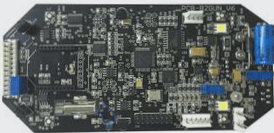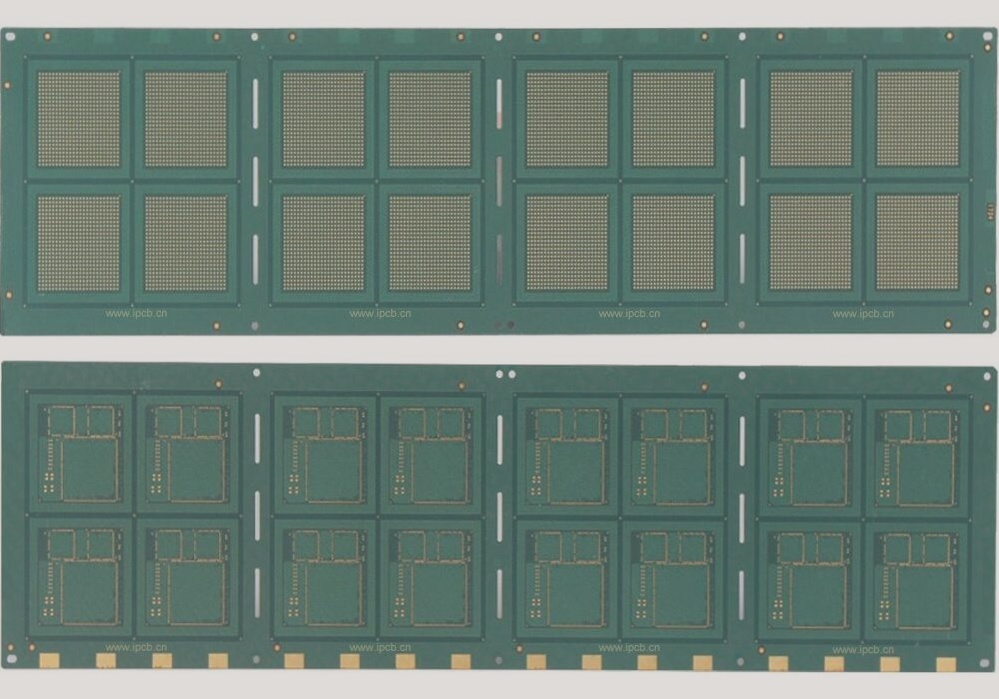4-Antenna Feeder
If your design involves a radio transmitter, receiver, or transceiver, it is essential to have an antenna. To ensure optimal performance, the impedance of the feed lines connecting the RF pins on the RF chip should match the impedance of the lines they are connected to. Similarly, the feeder must match the impedance of the antenna. This impedance matching is crucial to maximize power transmission between the antenna and the RF chip. Any mismatch can lead to a decrease in actual transmission power, resulting in a reduced working range.
The feed line essentially acts as a PCB tracking line with a matching antenna impedance, typically around 50 Ω. If the output impedance of the transmitter does not align with the feeder’s impedance, a matching network comprising inductors and capacitors is commonly utilized. To ensure impedance control, the feeder is designed as a PCB tracking line with a calculated width extending to the ground plane. The width of the tracking line is determined by factors such as the copper wire thickness, PCB substrate thickness, and dielectric constant.
Various online tools are available to calculate the precise width required based on the copper thickness and substrate material, with validation on actual PCBs recommended. A recommended tool is AppCad, a free software downloadable from Broadcom. When dealing with a PCB antenna, it should be positioned on one side of the PCB without any ground plane interference.
Any obstructions should be eliminated, and large components should be kept at a distance. Screen printing around the antenna is generally beneficial, but copper screen printing (e.g., PCB numbers or company names) may lead to antenna misalignment.
Latest Updates:
- Recent advancements in antenna technology have led to the development of compact, high-performance antennas suitable for various applications.
- New materials with enhanced conductivity and durability are being integrated into antenna designs, improving overall efficiency.
- Companies are investing in antenna miniaturization techniques to meet the demands of smaller electronic devices without compromising signal strength.



